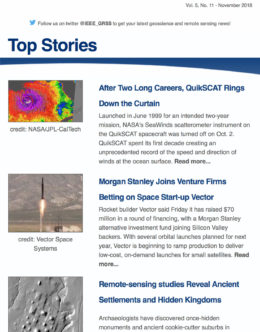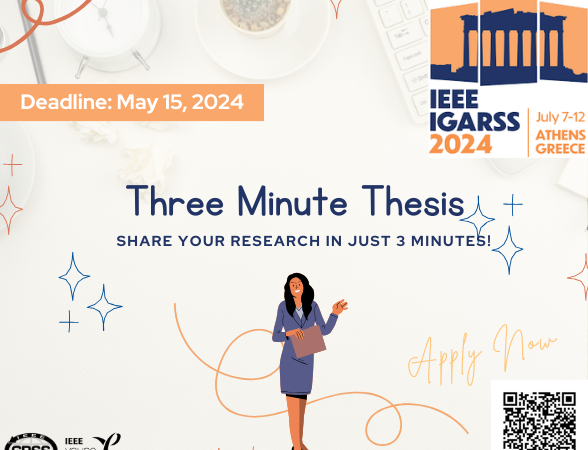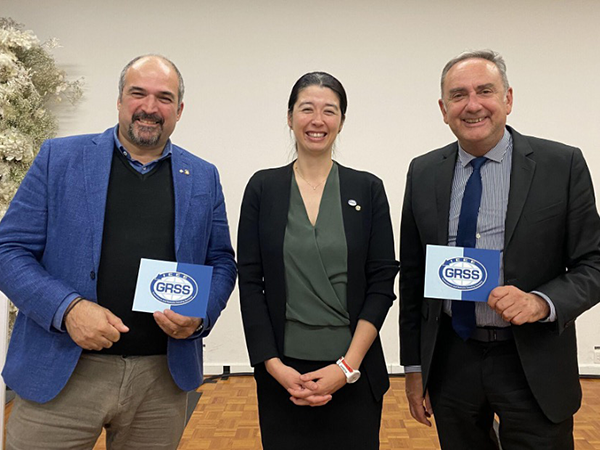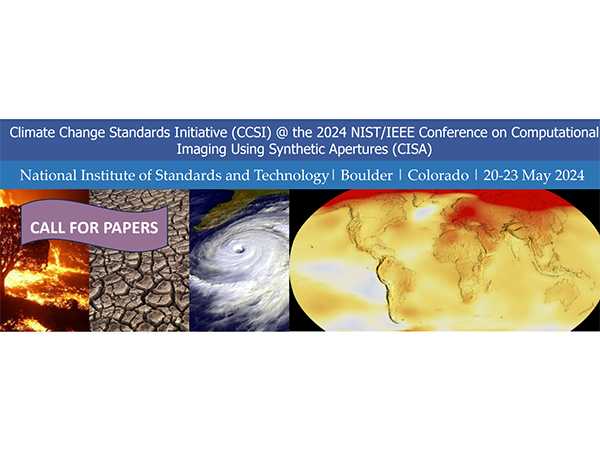Wednesday, January 24, 2018
18:00 GMT/UTC
1:00 PM US Eastern Time
Speaker: Dr. Alejandro C. Frery, Unversidad Federal de Alagoas, Brazil
Sponsored by GRSS
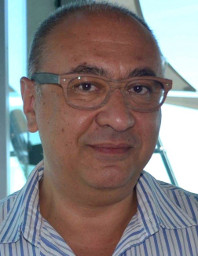 Statistical Information Theory and Geometry of SAR Image Analysis
Statistical Information Theory and Geometry of SAR Image Analysis
Statistics has a prominent role in SAR – Synthetic Aperture Radar image processing and analysis. More often than not, these data cannot be described by the usual additive Gaussian noise model. Rather than that, a multiplicative signal-dependent model adequately models the observations. After summarizing the main distributions for both the univariate (intensity and amplitude) and multivariate (fully polarimetric) image formats, we present eight seemingly different problems, and how they can be formulated and solved in an unified manner from a statistical viewpoint using Information Theory and Information Geometry.
SPEAKER’S BIO:
Dr. Alejandro Frery, received in 1983 the B.Sc. degree in Electronic and Electrical Engineering from the Universidad de Mendoza, Mendoza, Argentina. His M.Sc. degree was in Applied Mathematics (Statistics) from the Instituto de Matemática Pura e Aplicada (IMPA, Rio de Janeiro, 1990) and his Ph.D. degree was in Applied Computing from the Instituto Nacional de Pesquisas Espaciais (INPE, São José dos Campos, Brazil, 1993).
He served as Visiting Researcher at INPE during 1994 and 1995, then he moved to the Universidade Federal de Pernambuco, Recife, Brazil where he was Visiting Professor (1996) and Assistant Professor (1997–2003).
Since 2003 he is full professor at the Universidade Federal de Alagoas, Brazil. He is the leader of LaCCAN – Laboratório de Computação Científica e Análise Numérica. Since 2016 he is the University Vice-President for Research, Graduate Courses, and Innovation.
His research interests are statistical computing and stochastic modeling.
After serving as Associate Editor for more than five years, Prof. Frery is currently Editor in Chief of the IEEE Geoscience and Remote Sensing Letters. Since 2015 he is one of the IEEE Geoscience and Remote Sensing Society Distinguished Lecturers.









